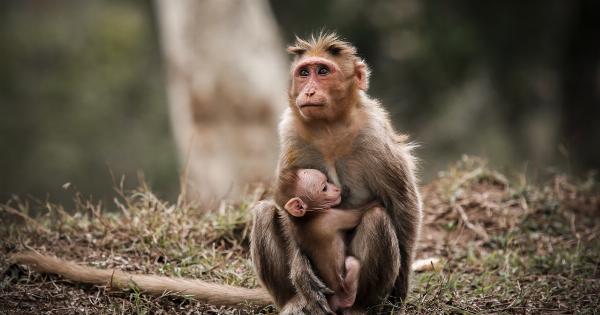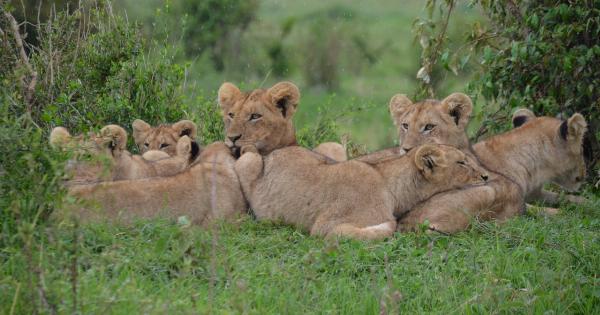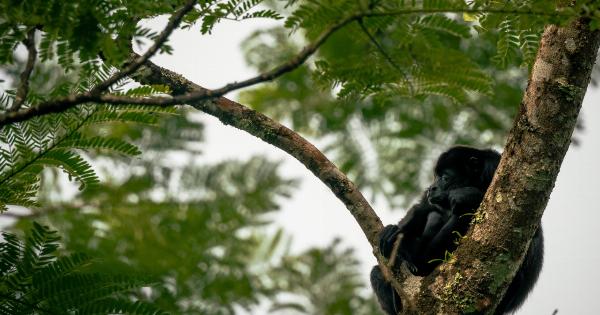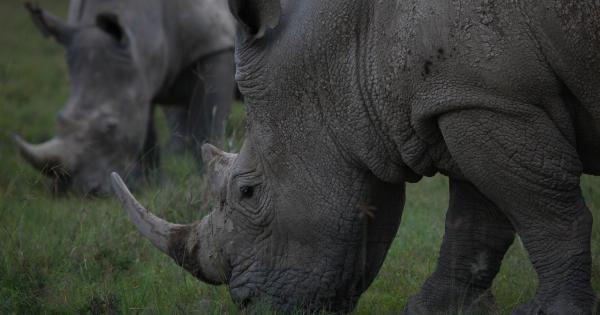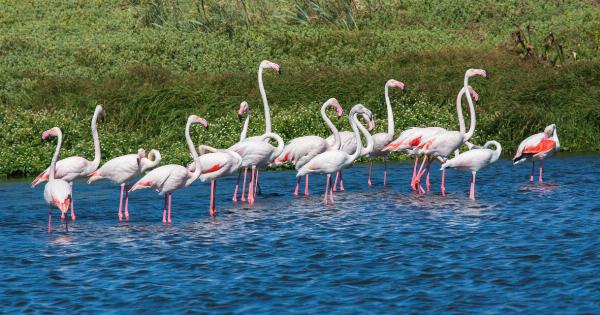It may be difficult to imagine, but monkeys are now living in Spain! According to a recent report, their population has skyrocketed and now stands at 84.
This may seem small when compared to other wildlife populations, but it is significant news for Spain and primate conservation.
Background
The story of the monkeys in Spain began in 1963, when a group of 11 Barbary macaques were brought over from Morocco and released into Gibraltar. Since then, the macaques have thrived on the Rock of Gibraltar, and their numbers have steadily increased.
However, in recent years, they have ventured out of Gibraltar into surrounding areas in Spain, resulting in the current population boom.
The Macaques
The Barbary macaque is the only wild monkey population in Europe, and it is found exclusively in Gibraltar and the surrounding areas of Spain. They have a reddish-brown fur and a distinctive face with a short, wide muzzle and a long, bushy tail.
Although they are classified as an endangered species according to the International Union for Conservation of Nature, the macaques have been able to adapt to life on the Rock of Gibraltar and the nearby areas of Spain.
Population Boom
The presence of the macaques in Spain has been a topic of debate for years, as some locals see them as a nuisance and others as an attraction for tourists.
However, the recent population boom has put the spotlight on the importance of conservation efforts for these animals.
According to a report by the Andalusian Environmental Agency, the macaque population in Spain has increased from 70 in 2015 to 84 in 2021. This represents a 20% growth in just six years.
While this may not seem like a significant increase, it is an important milestone in the conservation of this endangered species.
Conservation Efforts
Conservation efforts for the macaques in Spain are vital to their survival, and several organizations are working to ensure their continued existence.
One such organization is the Gibraltar Ornithological and Natural History Society (GONHS), which has been monitoring the macaque population since their arrival in Gibraltar in 1963.
The GONHS has been working with the Andalusian Environmental Agency to track the macaque population in Spain and ensure their health and safety. They have also been conducting research on the macaques to better understand their behavior and biology.
Challenges Ahead
Despite the positive news of the population boom, there are still several challenges ahead for the macaques in Spain. Habitat loss and fragmentation, as well as disease and predation, are all threats to their survival.
Additionally, human interference and feeding of the macaques can lead to changes in behavior and health problems.
It is important for locals and tourists alike to respect the monkeys and let them live in their natural habitat without disturbance.
Additionally, conservation efforts such as habitat restoration and protection, disease monitoring, and public education will be crucial in ensuring the survival of this endangered species.
Conclusion
The population boom of the macaques in Spain is an exciting development for primate conservation and wildlife enthusiasts alike.
While there are still challenges ahead, it is important to celebrate this milestone and continue efforts to ensure the long-term survival of the macaques in their natural habitat.

